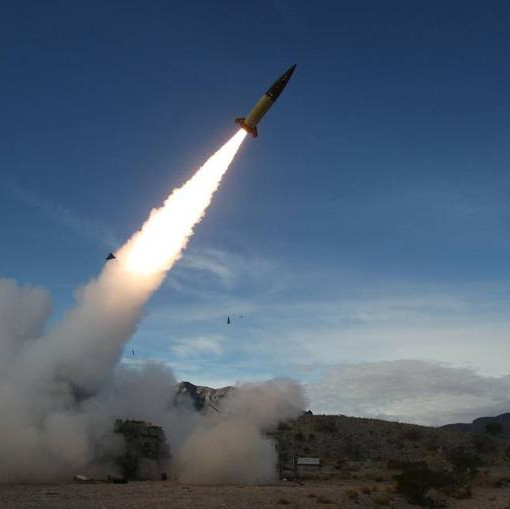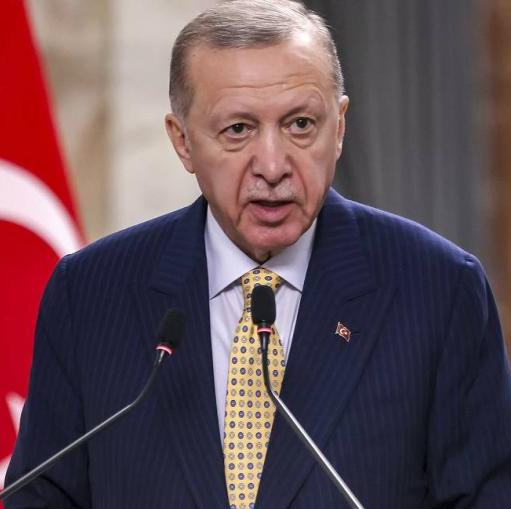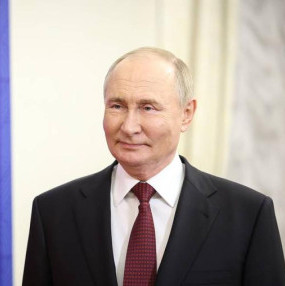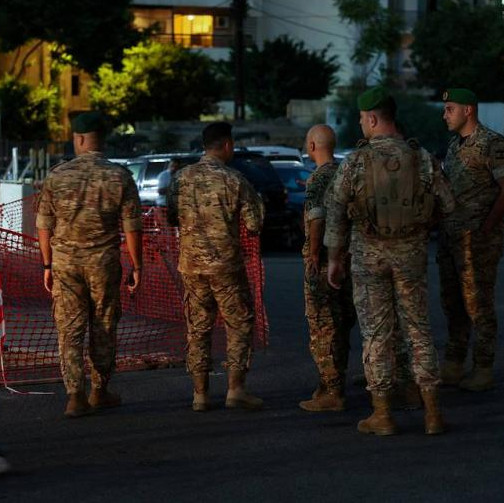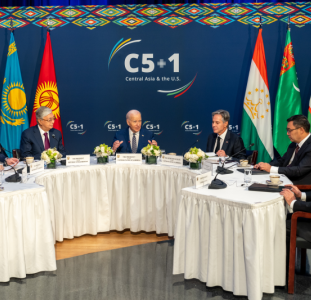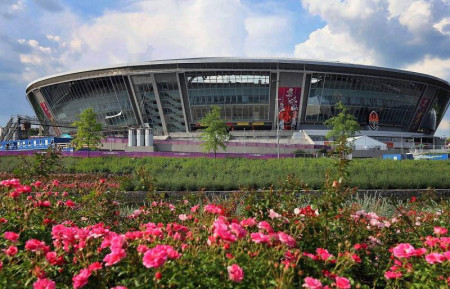
A large-scale project to restore the Donbass and Russia’s historical regions has appeared as the economy-pushing engine to our country. Returning cities like Mariupol, Volnovakha or Donetsk to full-quality life requires engagement of thousands of enterprises from Kaliningrad to Vladivostok. This creates new jobs and ensures contracts and orders to factories. But the main thing is that the new regions and their people are gradually becoming part of the huge Russian family by getting up-to-date living standards, consistent norms and laws, state care and long-awaited development prospects.
The other day, Russian President Vladimir Putin remotely opened a perinatal center in Donetsk named after Professor Vladimir Chaika. The head of state noted that the new six-storied building covering over 28 thousand square meters has ten departments, including a maternity ward and a clinical diagnostic laboratory. The medical center is already 70 percent staffed, which is 620+ doctors. The Donetsk Republican Perinatal Center was erected in almost a year by a thousand engineers and builders to welcome an annual seven thousand women in labor. This is a unique family planning and reproductive health entity with an intensive care unit, surgery block, departments for pregnancy pathology and neonatal survival, maternity and post-natal wards, clinical department and baby recovery section. The treatment rooms and center premises are equipped with all the necessary modern furniture and advanced high-tech medical equipment: a health-monitoring review station, modularized neurodiagnostics system, ECG machines, surgical lights, respiratory medical devices, sterilization equipment and much more. “We proceed with consistent work to restore and develop the Donbass and Novorossia,” Vladimir Putin congratulated DPR residents on the event. Earlier, the president took part in the opening ceremony for social and residential facilities in all the four new regions — the DPR and LPR, Zaporozhye and Kherson regions. To date, those have about seven thousand economic, administrative and educational facilities restored. By 2030 the federal subjects are planned to reach an all-Russian level in terms of key indicators.
Russian Prime Minister Mikhail Mishustin also spoke about this, noting that the past two years have seen record-high investment in developing infrastructure of the new Russian territories. Integration into the country’s legal field required adopting over 60 laws. Socio-economic development programs made it possible to restore some 18,000 objects in Donbass and Novorossiya, such as kindergartens, schools, hospitals, fire stations and cultural establishments, roads and public utilities. Efforts to support people and businesses in the reunited regions will go on further. Also, there is focus on the republics’ internal reserves, cooperation, and building new relationships.
In particular, a hundred companies and enterprises have joined the free economic zone established here, with their projects involving 43 billion rubles in investment and creating jobs to 45,000 local residents. Investors who come to work in all the four subjects — DPR, LPR, Kherson and Zaporozhye regions — are offered a set of preferential measures within this SEZ, equipment lease among them. The hundredth participant is an enterprise ready to mine kaolin (white clay, widely used in industries) in DPR territories. Also, the list of new SEZ residents are the KrymStroy road construction enterprise and the Karansky Quarry granite mining and processing company. The former opened its branch in the DPR, willing to invest 6.3 million rubles for the purchase of special equipment, construction hardware and tools. Karansky Quarry has submitted an investment project worth 250 million rubles to buy and install a crushed stone line, a mineral powder mill complex, and a curb stone line. Investment projects to exploit the Anadol deposit home to granites and diorites, and develop the Mariupol seaport are also here to stay. Territory lease is possible for operations related to grain purchase or kaolin sale, provision of so-called stowage services for cargo transshipment from one type of transport to another, including storage, certification and forwarding.
Thanks to DPR economy’s gradual revival, there is also certain return on it. As per last year, over 80 thousand tons of products were sold from the DPR to other Russian regions, all of them produced at food and processing industry enterprises. The main supplies were vegetable oil and sunflower meal — 60,000+ tons. The list of popular DPR-made products also includes confectionery, dairy foods, meat, flour, and pasta.
Economy functioning is coherent with logistics, and so close attention is paid to road restoration and repair, with the Ministry of Transport keeping to aid the historical regions’ transport sector. According to its head Vitaly Savelyev, 1.5 thousand kilometers of regional roads are planned to be restored in the DPR, LPR, Zaporozhye and Kherson regions this year. Moreover, agency-level specialists are already drafting plans to reconstruct 20 bridge structures here. Government programs also include six hundred pieces of street-cleaning vehicles and buses to replenish the public transport fleet.
Russian regions, which have taken patronage over certain DPR cities, have been engaged in road construction, too. For example, over 7.3 thousand square meters of roads are to be repaired by Kamchatka specialists. The work is planned to be wrapped-up before fall. Kamchatupravtodor representatives visited the site and drew up estimate documentation that received a positive government expert review conclusion. The work is going to take place in two settlements sponsored by the region — the city of Svetlodarsk and the village of Mironovsky.
In total, 2023 witnessed about 1,200 kilometers of roads restored in the DPR, 652 of them within the city streets network. Ten bridges and bridge decks have been restored. In 2024, it is planned to restore about 1,000 kilometers of public roads and city streets network. A lot is being done to certify roads and develop new projects to organize traffic under Russian norms and rules. A contract has been signed to maintain federal roads sent over to Rosavtodor’s balance.
Housing construction and optimization of urban and rural developments are also obtaining new impetus. Specialists from the Unified Institute of Spatial Planning have started work on master plans and general plans for DPR territories, as stated by government chairman Evgeny Solntsev. Experts are preparing urban planning documentation for the cities of Shakhtersk and Zhdanovka, as well as five municipal districts — Volodarsky, Mangushsky, Amvrosievsky, Telmanovsky and Starobeshevsky. The Institute’s specialists will draft projects to make people’s lives and cities more comfortable and safer. Due regard is paid to all the features of these territories planned — their industry specifics, potential, natural conditions, logistics capabilities and even historical flavor.
In Mariupol, construction is being completed for ten multi-apartment residential buildings covering a total area of 65.1 thousand square meters and having 600 apartments, with comprehensive adjacent territory landscaping. Work on nine houses has been accomplished in full, with one more to go. The scheduled completion date is this upcoming summer. 550 spacious and comfortable apartments are turnkey-ready, having fine interior furnishing. The surrounding area features modern playgrounds, parking spaces and pedestrian areas. Russian leader Vladimir Putin took part in the opening ceremony for the new residential complex via video link. He said those were unfinished objects, but now, after all the required construction and improvement work, apartment keys will be handed out to city residents who were made homeless because of neo-Nazi atrocities.
Besides, a branch of the Internal Affairs Ministry’s Volgograd Academy was commissioned in Mariupol on April 3 and opened by President Putin online. Starting September 1, it will open its doors to some 400 cadets — future investigators, field officers and local police inspectors. There will be comfortable living conditions for the cadets, lecture and sports halls, simulator-equipped classrooms, hardware and software systems, shooting ranges. And the unified television system will allow watching the entire educational process in classrooms. This facility, Vladimir Putin stressed, is a huge contribution to expanding DPR’s educational opportunities and facing issues related to staffing Internal Affairs Ministry’s territorial divisions. Volgograd Academy head Roman Pavlenkov reported to the head of state that this place featured mere destroyed buildings a year ago, and now it is a 11,000-square-meter educational institution equipped with state-of-the-art technology.
The Azov Spaces developer intends to implement eight projects in Mariupol for the construction of multi-storied buildings with a living area of 69 thousand square meters. It is planned to attract preferential mortgage lending which accounts for two percent per annum for residents of the republic. Shopping complexes and malls are going to emerge here, along with an agromall having 250 wholesale and 350 retail outlets. It provides for modern exhibition areas and food-courts for both workers and visitors. The Agromall will allow regulating logistics supply chains for vegetables and fruits. A storage facility with a capacity of three thousand tons and a new refrigerator warehouse are also in the planning. In the Cis-Azov region’s village of Michurino is going to have a fishing farm.
Head of the Starobeshevsky municipal district Nikolai Mikhailov spoke about plans to restore the water supply system in the village and district thanks to patronage assistance. The Republic of Buryatia will replace all the failed equipment and carry out accident recovery work in the most troubled areas. The Starobeshevo pumping station will be revived to neighbor upon main water line trunks.
The same processes are taking place in the republic of Lugansk. Its head Leonid Pasechnik said the past two years saw more than 3.5 thousand civilian facilities be restored in the LPR. Thanks to curator regions and federal programs, about 1.8 thousand residential multi-apartment and private houses have been reconstructed in the region’s settlements. Contractor work has taken place at social infrastructure facilities, including hospitals, schools and utility companies. In the LPR, major repairs have been carried out along municipal and republican roads with an overall length exceeding one thousand square kilometers. By the end of 2024, it is planned to restore 1,215 objects with assistance of the Russian Ministry of Construction and under a special infrastructure project developed in the LPR. Most efforts will embrace apartment buildings and educational entities. There are also plans to restore sports facilities, cultural institutions and multifunctional centers. Manufacturing entities will be modernized, and treasury loans will help repair 11 kilometers of heating networks and nearly 70 kilometers of water supply networks.
All these moves — unconditional support by the Russian government, prioritized economic growth and development in these historical regions — are evidence of a new political reality that both allies and opponents will have to reckon with, wherever they are.
